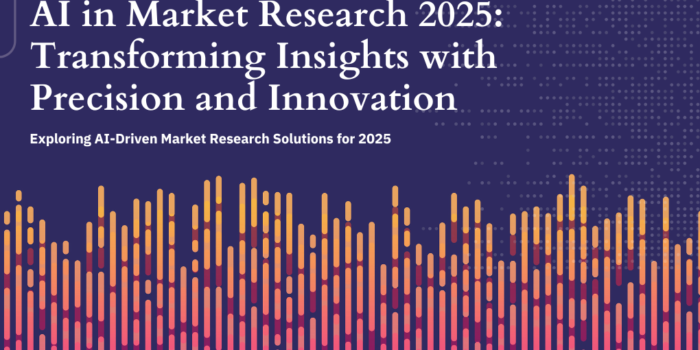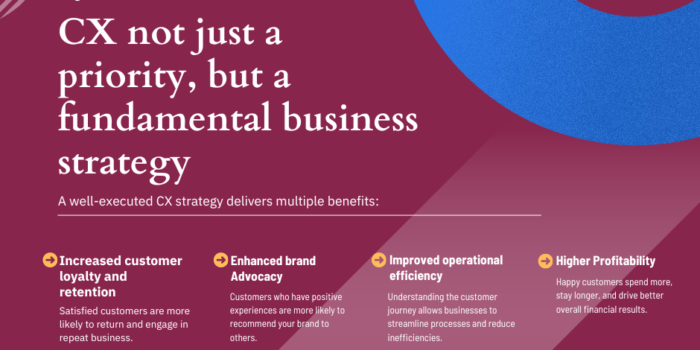The history of banking dates back to around 2000 BCE starting with the first prototype bank that was built upon the services of providing loans and safe storage of wealth. This age-old industry evolved with time passing through stages like free-market banking, merchant banks, and finally now with digital banking. Banks had always been reputed for being committed to improving their operations. For a good duration, that seemed to fare well, as well. But recently, banks are exposed to a tussle with an ever-growing client expectation curve, stringent regulations, and aggressive market competitors like fintech. To combat these challenges, reinventing and innovating the systems are at the forefront for banks aiming for being future ready.
Digitalization At the Core
Traditional banking systems are failing to keep up with the dynamically changing environment. In recent years, banks have come to realize that the tangible outcome of digital adaptability is extremely high accounting for a market valuation being more than 25% higher in the case of digitally advanced banks in contrast to the less digitized peers. Thus, the digitalization of banking services is now at the core of how banks are molding the future for themselves.
In most diverse markets, banks have reinvented themselves to provide basic to complicated banking machinery on a digital platform so as to integrate it into the customers’ daily activities. For instance, banks are now offering services for MSMEs and SMEs, a one-stop banking portal for customers to look for cars, auto loans, and more. To tackle the market disruptors like fintech, standalone digital banking systems are on the rise amongst prominent banks.
Data Over Intuition : Adopting Data Analytics and Artificial Intelligence
More than 70% of banks are now designing operation models on the basis of data and insights which has seen a strategic shift from the year-long practice of following the executive experience or intuition. With the correct set of customer data and predictive analysis, banks are now adopting analytics to complement operations on most fronts. Augmenting intuition, AI and Data Analytics tools are one of the many primal adaptations seen in modern banking. By venturing into ecosystem spaces, now banks have access to highly accurate information ranging from operational to behavioral data. There is a huge scope for monetizing these data by identifying unserved customers as well as cross-sell products or services
Diversified Services
Banks are equipping themselves with services that are distant from traditional services. Liquidity management tools like, treasury management, cash forecasting, and supply-chain finance (SCF) are some of the new offerings banks are readily delving into. Understanding the need for being close to payments, investments and financing flows, banks are exploring such vertical integration with existing traditional services.

Automatization
Making great strides in the automatization of repetitive tasks, banks have reinvented their strategies to become future-ready. With nearly 75% of banking customers interested in receiving automated banking support and notifications, automatizing operations in banking is of critical importance. Hence, banks have time and again moved towards adopting robotic process automation to optimize costs and provide better services to their customers.
Holistic Approach
As more and more disruptors are in the way of traditional banking methodologies, banks are now making a strategic shift towards accommodating a holistic approach in key decision-making processes. Amalgamating the technical and operations branches, and reporting to a common executive is a new adaptation seen in many banks. This creates a collaborative environment to reciprocate a substantial level of results.
Embracing Ecosystems
In an attempt to build agility and resilience, banks have started to embrace a customer-facing ecosystem, hence, generating hyper-relevant experiences as a part of their value proposition. Collaborating with digital giants, traditional banks are set to elevate their digital footprint in order to build upon their growth and have an edge in the competitive landscape. With lower customer acquisition costs, embracing ecosystems has proved to be the right move when equipped with efficient strategies. Despite the age of globalization, banks have remained innately localized for a long time now. With fruitful collaboration, banks are now expanding their customer base. More than 80% of banks in the APAC region are considering ecosystems as their top priority as a part of their future-ready strategies in contrast to almost three fourth of banks in North America and two thirds in the European region.
In line with several disruptors in the market and evolving customer expectations, the world is now witnessing the future of banking. It arrived much earlier than was expected. Thus, to remain relevant in the market, banks are readily strategizing and adapting.






 Market Research
Market Research Consumer Research
Consumer Research Industry Research
Industry Research Market Entry Strategy
Market Entry Strategy Feasibility Studies
Feasibility Studies Product Research
Product Research User Research
User Research Automobile & Mobility
Automobile & Mobility Banking and Finance
Banking and Finance Consumer Products & FMCG
Consumer Products & FMCG Ecommerce & Retail
Ecommerce & Retail Industry & Manufacturing
Industry & Manufacturing Government & Public Sector
Government & Public Sector Industry Associations
Industry Associations Technology & Software
Technology & Software Venture Capital & PE
Venture Capital & PE Consulting & Advisory
Consulting & Advisory India Entry Market Research
India Entry Market Research Innovation Consulting
Innovation Consulting KX Market Radar
KX Market Radar Business Model Development
Business Model Development Gen Z Navigator
Gen Z Navigator